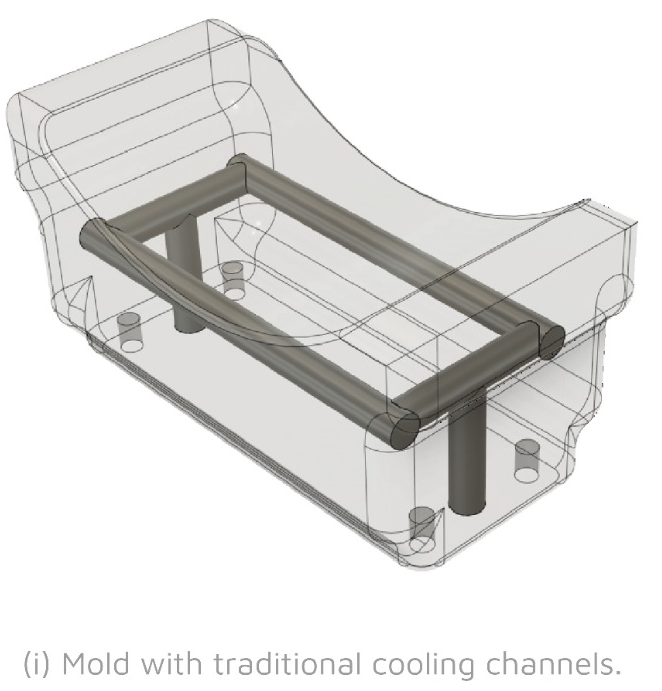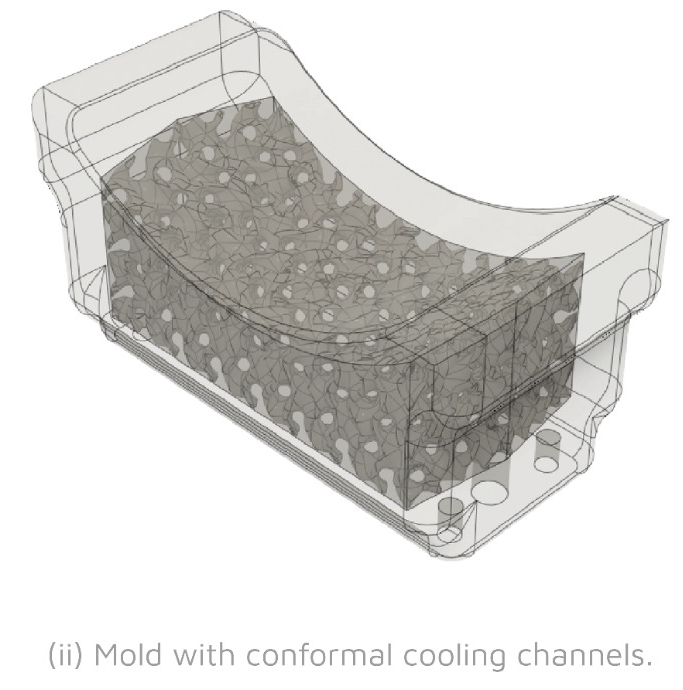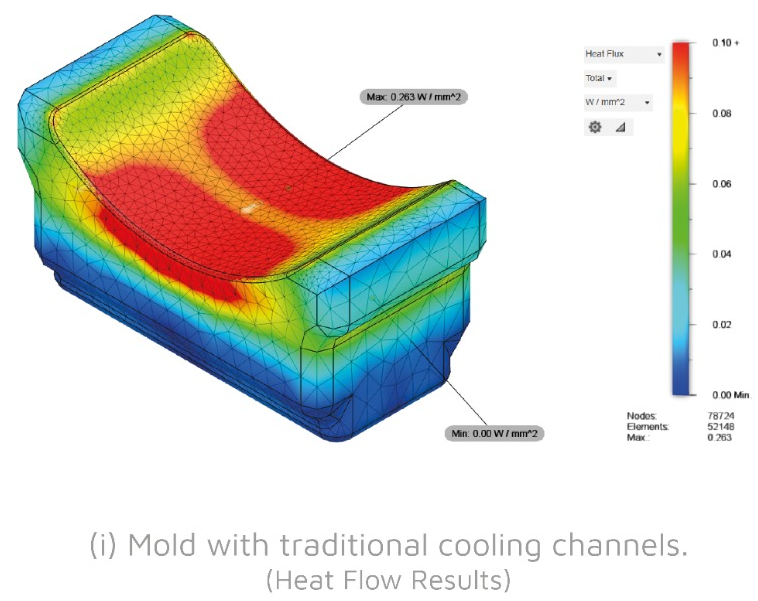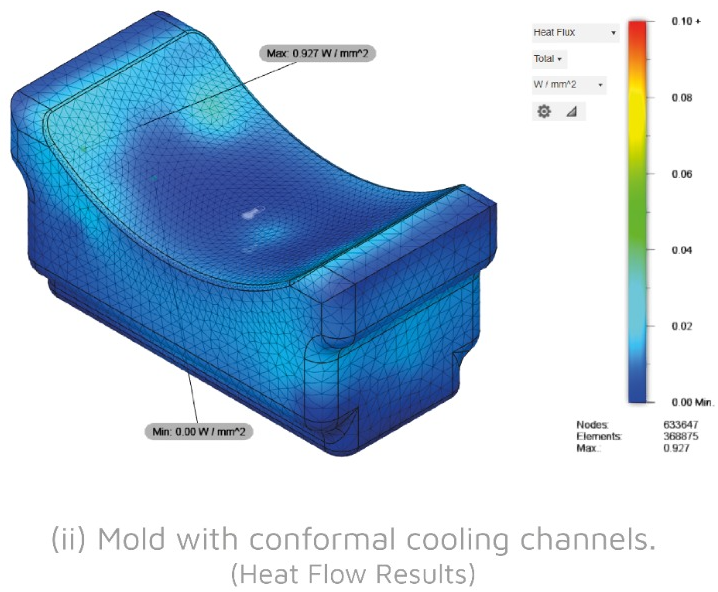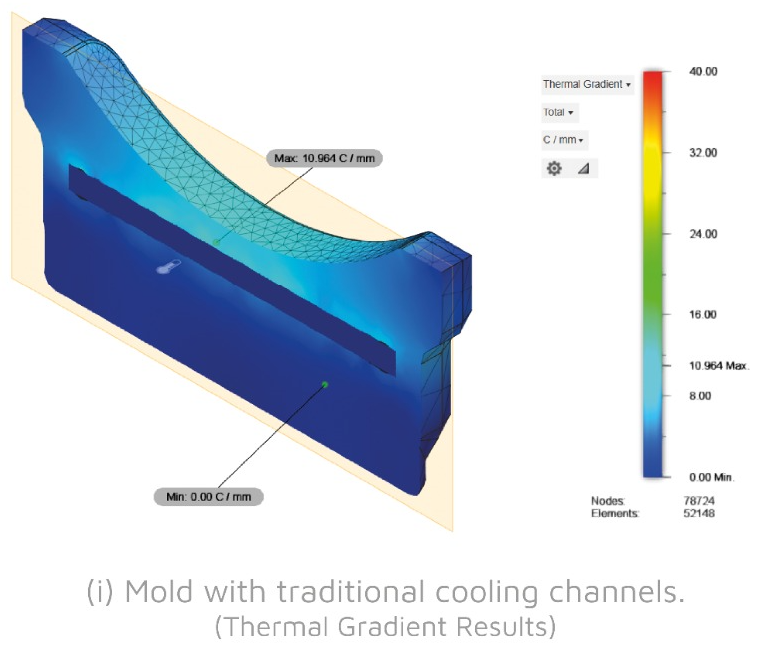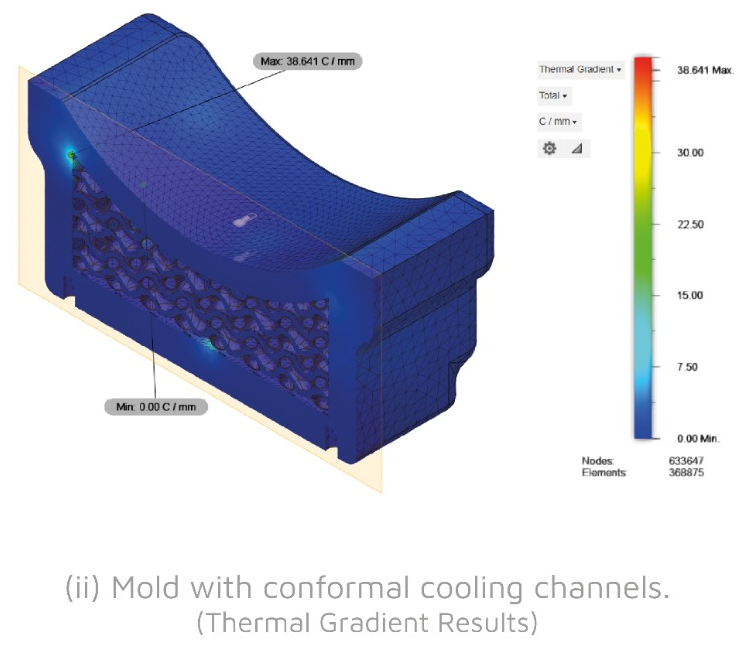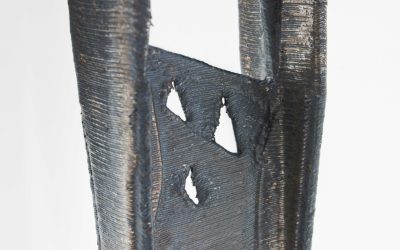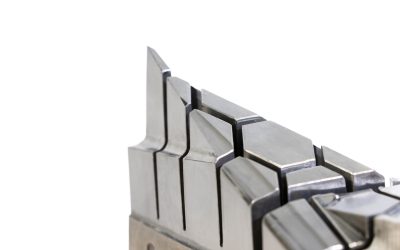3D printing, also known as Additive Manufacturing, arose from the need to find an alternative to traditional manufacturing, in an attempt to make up for its major shortcomings, such as the great loss of material during the process or inherent geometric limitations.
Conventional manufacturing is a broad term that encompasses all the known manufacturing processes which have been used through centuries of human history to produce metal objects. There are several categories of manufacturing processes for metal components, which can be grouped depending on their underlying physical principles:
- casting processes, which shape parts from molten metal;
- forging processes, where hot metal is plastically formed into a close-to-final shape;
- stamping processes, cold or hot, where a thin sheet of metal is cut and bent into its final shape;
- machining processes, where a final, accurate, parte is carved out of a solid stock of material.
The first three categories are quite efficient in material utilization, but they are generally confined to mass manufacturing, as they require a substantial upfront investment in tooling. On the other hand, machining, which can be labeled subtractive manufacturing, offers more flexibility at the expense of higher material waste.
Conversely, in additive manufacturing, the three-dimensional part is built up by constantly depositing material layer by layer, with no waste, as in Meltio’s Laser Metal deposition technology.
How does Metal 3D Printing work?
Additive manufacturing is making a difference in today’s production processes, changing the way we design and bring to fruition parts. These new additive solutions are benefiting a plethora of industrial sectors such as aerospace, defense, automotive, oil and gas, etc. partly because additive manufacturing offers fast, automated and low-cost processes, in addition to the freedom of geometry it unlocks when designing parts.
Meltio’s 3D printing technology makes manufacturing parts with complex features and geometries easier than ever before. By optimizing material consumption, Meltio’s metal 3D printing is a very attractive solution for the manufacture of parts that are conventionally difficult or costly to produce. For example, parts in valuable metals (Titanium, Nickel super-alloys, specialty steels) that would be carved out of a block, resulting in final components weighing as low as 1/10th of the original mass, greatly benefit from being additively manufactured with just the required amount of material.
Within the additive technologies, Meltio’s is an LMD (Laser Metal Deposition) process, a type of Directed Energy Deposition technology that uses a feedstock material, welding wire, being melted via a focused thermal source as it is deposited. Instead of working over a pre-deposited layer of feedstock, in DED, the energy source and the feedstock come together during the manufacturing process, enabling a continuous build process.
The energy source is precisely directed to the point where the material is being deposited and the feedstock is continuously fed into the system while being melted. As the feedstock material is fused, it welds to the previously deposited layers, creating a dense structure.
This simultaneous combination of the energy source and feedstock in DED distinguishes it from other metallic additive manufacturing processes like Powder Bed Fusion (PBF) techniques, where the metallic powder is spread over the build platform and it is selectively melted to build the part.
TIP: If you want to deep dive into metal 3D printing, read the article about The benefits of a Wire-based Metal 3D Printing process.
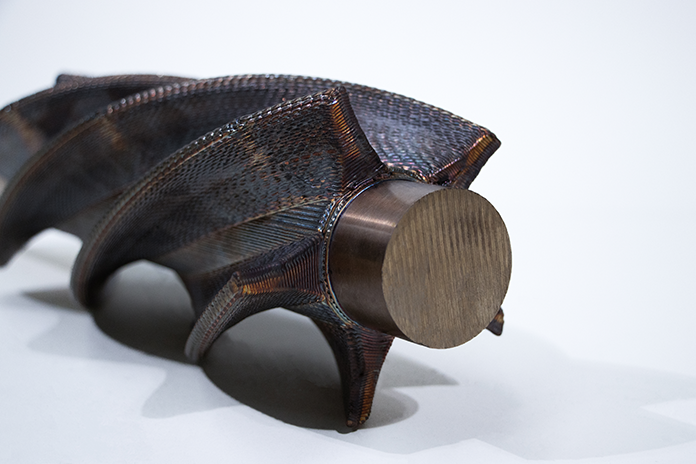
How is Meltio Metal 3D Printing beneficial?
One of the most attractive insights of Meltio’s technology for the customers is that it offers significant savings by optimizing the amount of material used, which benefits the efficiency of the supply chain. It has long ceased to be necessary to maintain extensive inventories of various formats when using this technology as it allows us to generate final preforms (near net shape) accurately.
The process can also be many times faster than traditional methods wherever the material removal process would otherwise be extensive. The additional, indirect advantage, is that there are savings on the machining tools.
All of this comes without the need of additional tooling for fixturing and offers fully dense structure with mechanical properties comparable or better than obtainable with traditional processes.
However, keep reading because we are going to take a closer look at some of the advantages of metal 3D printing technology using Meltio technology.
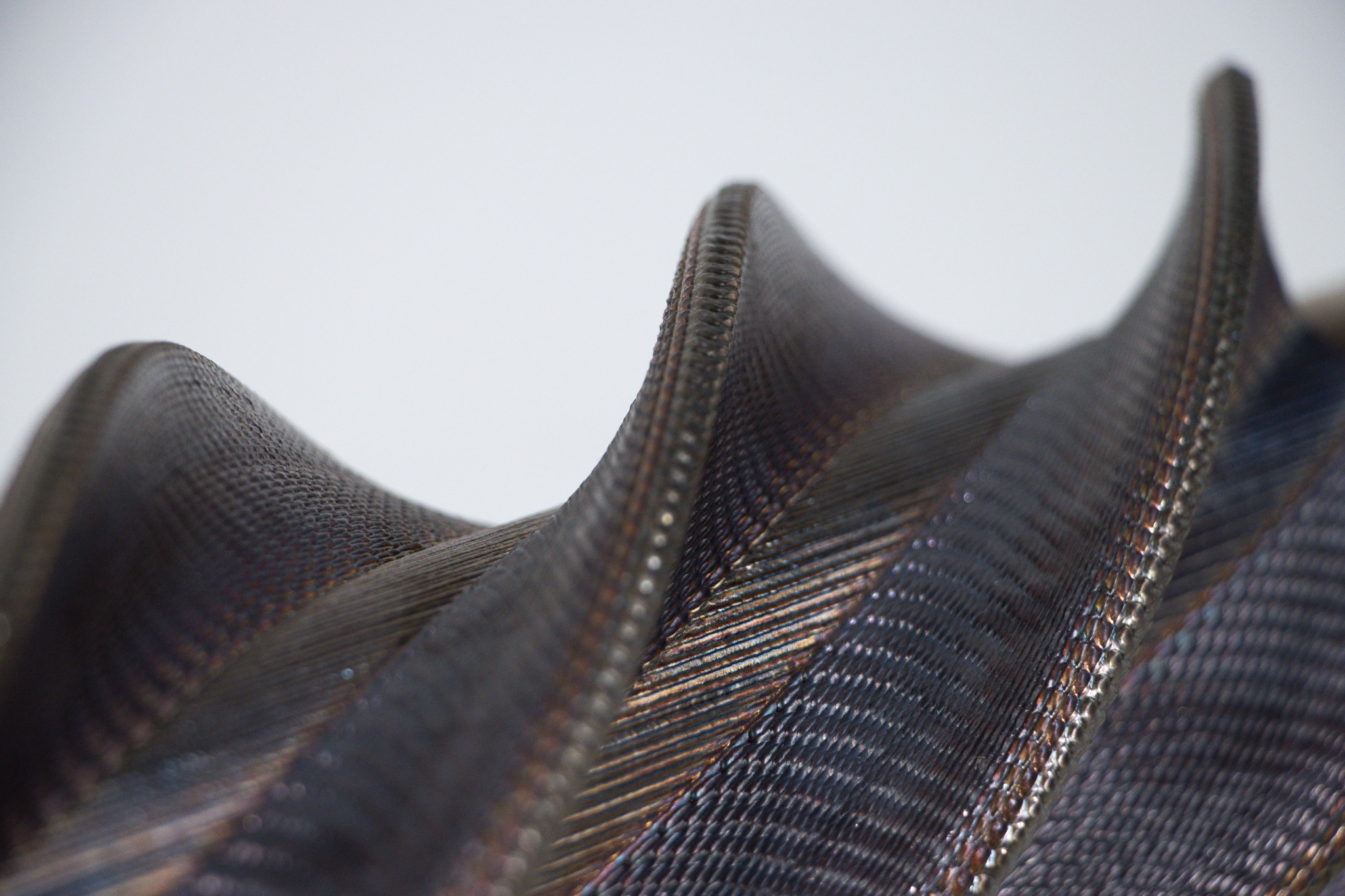
Exceptional features of Meltio additive manufacturing
When we talk about extra functionality, we are referring to a key aspect: the versatility of the manufactured parts. This versatility is achieved thanks to the ability of Meltio technology to work with a wide range of materials, which allows different mechanical properties to be conferred to the manufactured parts.
Meltio’s technology stands out for allowing the production of parts with exceptional mechanical properties, which opens up a range of possibilities in terms of applications and functions that the part will have. It is vitally important to know the intended use of a part in order to choose the right materials; for example, for situations involving friction, cutting or impact, because they will be subjected to significant shocks or stresses, it is crucial that the parts offer hard, wear resistant surfaces.
This potential is unlocked by the fact that Meltio is not forcing the user to focus on a limited number of materials, but thanks to an Open Platform approach allows the use of commercial welding wires, as long as they are of the correct diameter range. This means that a designer willing to manufacture a part with LMD can source the same material they’ve been using with conventional manufacturing, without having to adapt to a limited choice of options.
On the other hand, when we talk about extra functionality, we are referring to the advantage offered by Meltio printing technology and systems, compared to others. Specifically, its ability to use up to two different materials (and for in the Meltio M600), or what we know as “Dual Wire”. We’ll look more in-depth at the potential of this functionality in another post.
